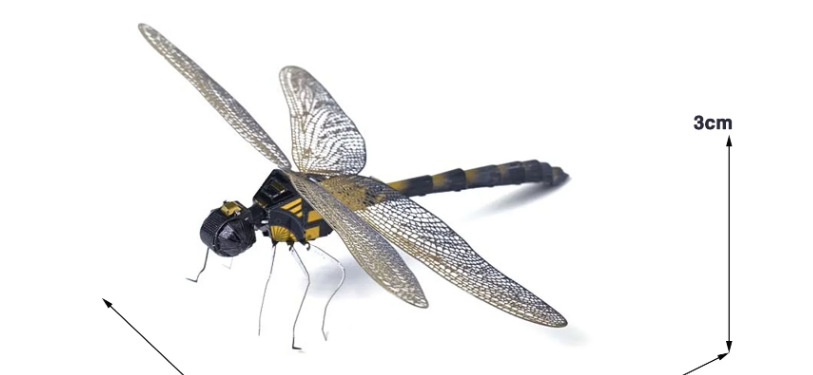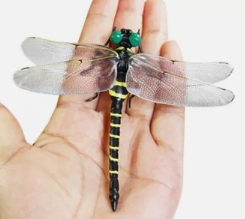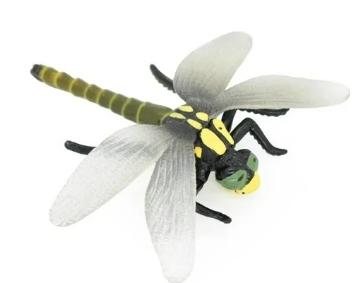Dragonfly (Odonata), as an ancient and beautiful insect, has important ecological and biological research value. Dragonfly models are mainly used to study dragonfly behavior, physiological characteristics, and its role in the ecosystem. These models often combine theories from entomology, ecology and environmental science and aim to reveal multiple aspects of the dragonfly's life cycle.
Dragonflies' ability to adapt in different environments makes them effective biological indicators for biomonitoring. In the aquatic ecosystem, dragonfly larvae are sensitive to water quality changes and can reflect the health of the ecological environment. Therefore, studying the dynamics and distribution of dragonfly populations can provide important data support for water resources management and pollution control.
The development of modern science and technology makes the construction of dragonfly model more elaborate. The researchers used drone monitoring, video analysis and other technologies to obtain data on dragonflies' flight patterns and foraging behavior, so as to better understand their ecological adaptation mechanisms. In addition, dragonfly models can also be used to learn biomimicry techniques and promote design innovation for aircraft such as drones.
In general, dragonfly model not only provides rich content for ecological research, but also provides feasible solutions for protecting biodiversity and improving ecological environment.




